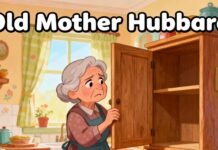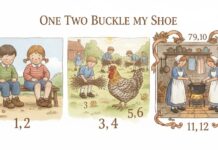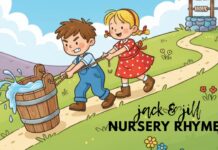PETER PETER PUMPKIN EATER NURSERY RHYMES
🕰 Origins
- First Known Publication – The earliest surviving version appears in Infant Institutes (London, c. 1797) and later in Mother Goose’s Quarto (Boston, c. 1825).
- Not Originally American – Despite pumpkins being associated with North America, the rhyme’s earliest print record is English. Pumpkins had been introduced to England from the Americas in the 16th century, so their appearance in verse wasn’t unusual.
- Scottish Variant – A darker 1868 Aberdeen version replaces the pumpkin with a wall, where “Peter, my neeper… pat her i’ the wa’ and lat a’ the mice eat her,” linking it to the older rhyme Eeper Weeper.
- Two‑Verse Form – Some versions add a second stanza: “Had another and didn’t love her; Peter learned to read and spell, and then he loved her very well,” suggesting a moral shift from control to education.
📜 Meaning
- Literal Reading – A man unable to “keep” his wife confines her in a pumpkin shell, where “he kept her very well.”
- Possible Allegories –
- Marital Control – Interpreted by some as a commentary on restrictive or possessive relationships.
- Murder Theory – Folklore enthusiasts note the Scottish variant’s violent imagery, suggesting the pumpkin shell could be a softened metaphor for entrapment or death.
- Moralised Ending – The second verse in later versions reframes the story as one of self‑improvement through literacy.
🌟 Fun Facts
- Pumpkin Shell as Symbol – Likely chosen for its visual novelty and rhyme, but also may have evoked the idea of a secure, enclosed space.
- Pop Culture – Referenced in films (The Nightmare Before Christmas), TV shows, and Halloween‑themed children’s books.
- Folklore Link – The “wife in the wall” motif appears in other European ballads and cautionary tales.
- Educational Adaptations – Modern children’s versions often omit the darker interpretations, focusing on the rhyme’s rhythm and imagery.
Peter Peter pumpkin eater,
Had a wife and couldn’t keep her!
He put her in a pumpkin shell,
And there he kept her very well!





















